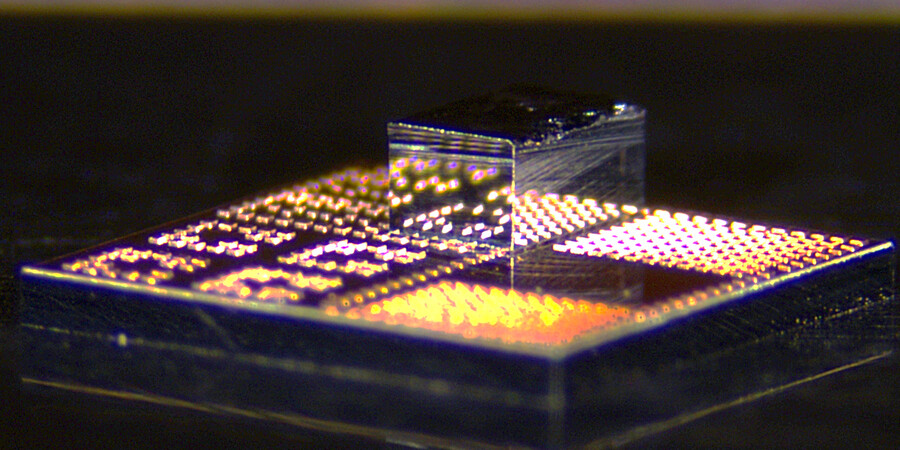Advanced microsystems technologies that can intimately integrate with the brain and the peripheral nervous system have the potential to accelerate progress in neuroscience research and to serve as the foundations for new approaches in patient care. Specifically, capabilities for injecting miniaturized electronics, light sources, photodetectors, multiplexed sensors, programmable microfluidic networks and other components into precise locations of the deep brain and for softly laminating them onto targeted regions of the surfaces of the neural tissues will open up unique and important opportunities in stimulation, inhibition and real-time monitoring of neural circuits. This talk will describe foundational concepts in materials science, device physics and assembly processes for these types of technologies, in 1D, 2D and 3D architectures. Examples of system level demonstrations include ‘cellular-scale’, injectable optofluidic neural probes for behavioral research on animal models and 3D mesoscale networks for study of neural signal propagation and neuroregeneration in cortical spheroids.
This event is part of the IEEE New Frontiers in Biotechnology Webinar Series.

Speaker
John Rogers
John A. Rogers is a renowned professor at Northwestern University, specializing in materials science, bio-integrated electronics, and bio-inspired systems. With a distinguished career in academia and research, Rogers has held positions at Harvard University, Bell Laboratories, and the University of Illinois at Urbana/Champaign, where he directed the NSF-funded Nanoscale Science and Engineering Center and the Seitz Materials Research Laboratory.
Rogers holds appointments in multiple departments at Northwestern and serves as the founding director of the Querrey-Simpson Institute of Bioelectronics. His work, which emphasizes nano and molecular scale fabrication and unconventional electronic devices, has led to over 800 publications and 100+ patents, with many actively used by companies and startups he has co-founded.
Explore
New 3D Chips could Make Electronics Faster and more Energy-Efficient
Adam Zewe | MIT News
The low-cost, scalable technology can seamlessly integrate high-speed gallium nitride transistors onto a standard silicon chip.
Anantha Chandrakasan Named MIT Provost
Kathy Wren | MIT News
A faculty member since 1994, Chandrakasan has also served as dean of engineering and MIT’s inaugural chief innovation and strategy officer, among other roles.
Photonic Processor could Streamline 6G Wireless Signal Processing
Adam Zewe | MIT News
By performing deep learning at the speed of light, this chip could give edge devices new capabilities for real-time data analysis.




